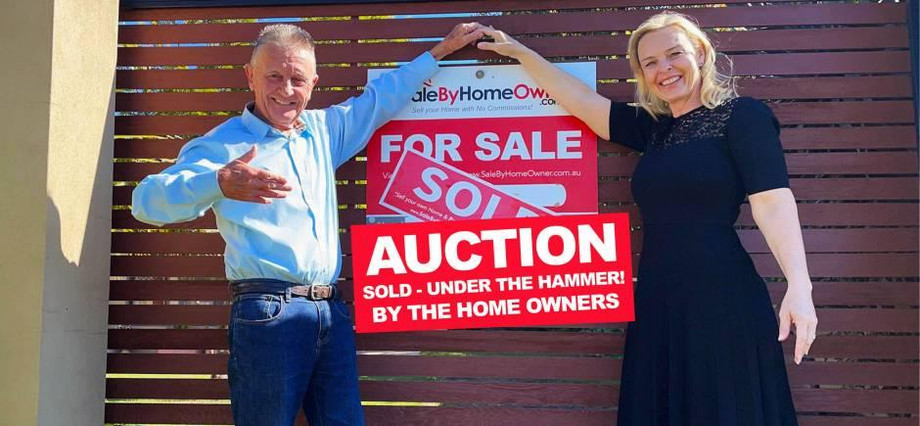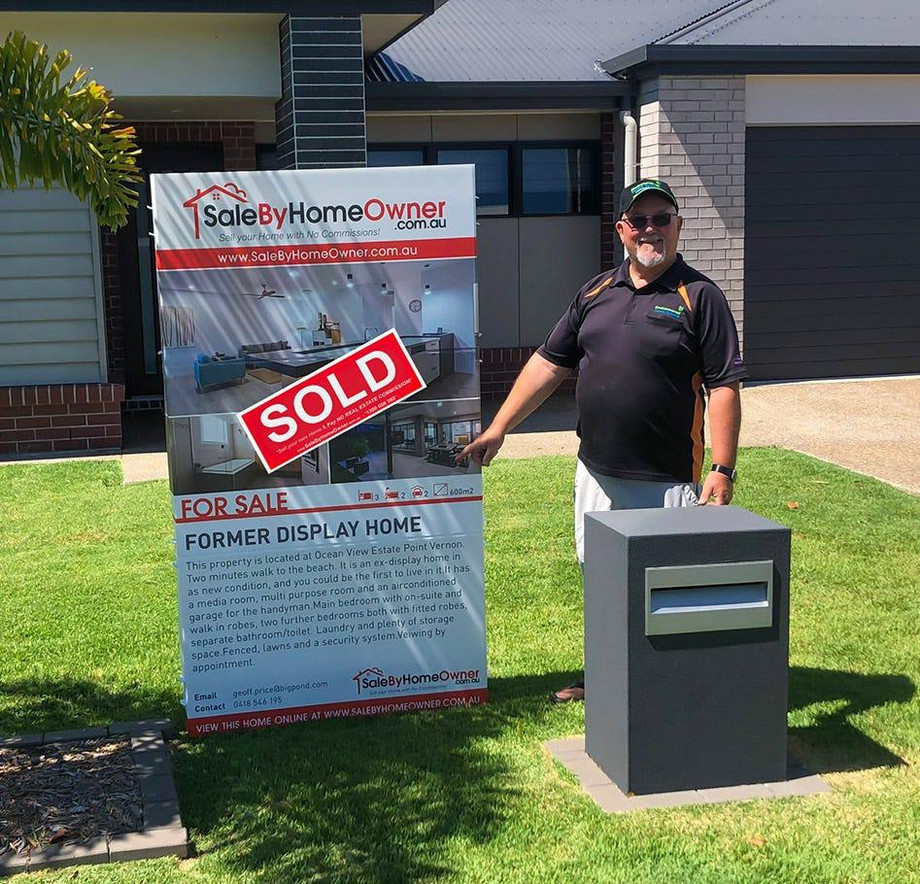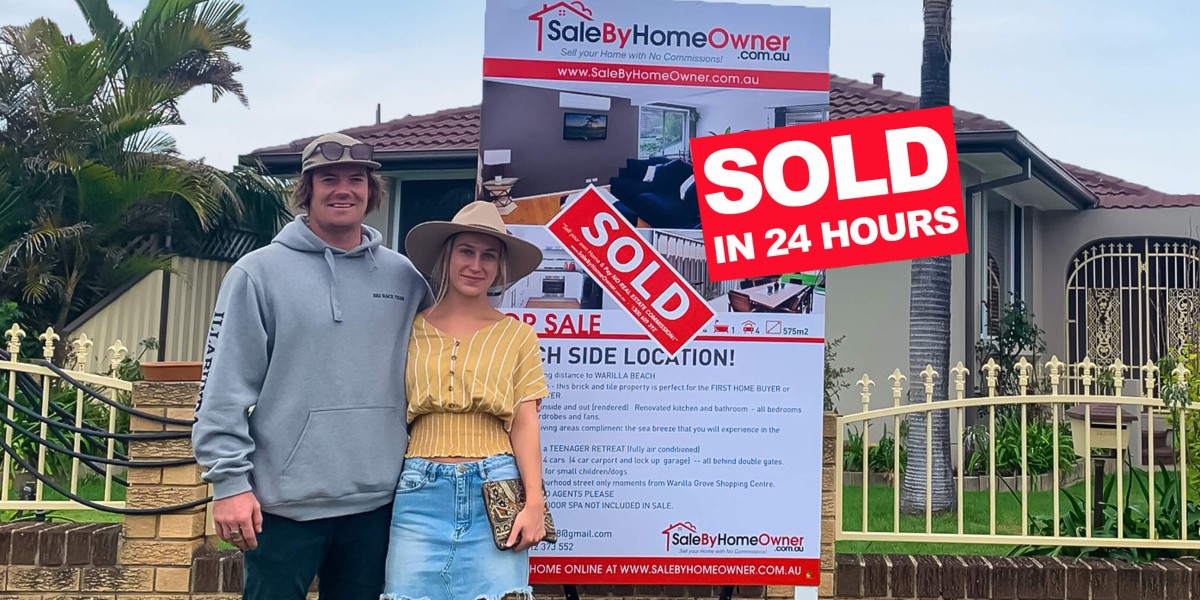Selling your own home in Victoria is a process that offers control and potential cost savings, but it’s important to follow the legal steps to ensure everything goes smoothly. Whether you’re looking to avoid agent commissions or simply prefer to handle the sale yourself, understanding the legal requirements is essential. At Sale by Home Owner Australia, we guide you through the process of selling your own home in Victoria while ensuring you remain compliant with the law.
Here are the key legal steps you need to take when you decide to sell your own home Victoria.

Get the Property Ready for Sale
Before you start the sale process, it’s important to get your home ready for the market. This step involves:
- Title and Ownership Verification: Ensure the property title is clear and you are the legal owner of the property. This may involve checking with the Land Titles Office for any restrictions, encumbrances, or debts associated with the property.
- Repairs and Maintenance: Take care of any necessary repairs to ensure your property is in good condition and complies with safety regulations. This might include fixing structural issues, plumbing, or electrical problems.
While not strictly a legal requirement, these steps help ensure your property is ready for sale and free of legal complications.
Prepare the Contract of Sale
In Victoria, it’s legally required to have a Contract of Sale ready before you market your home. The contract outlines the terms of the sale and provides protection for both you and the buyer. It includes details such as:
- The purchase price
- Settlement terms (e.g., when the buyer will take possession of the property)
- Any special conditions that apply (e.g., a buyer’s financing condition or subject to a building inspection)
You must also ensure that a Section 32 Statement (vendor’s disclosure statement) is included in the contract. This statement must disclose any material facts about the property, such as:
- Zoning information
- Restrictions on the property (e.g., easements or covenants)
- Outstanding charges (e.g., unpaid rates or water charges)
- Any building permits or work done without permits
At Sale by Home Owner Australia, we can assist you in understanding the requirements of the contract and Section 32 Statement to ensure it’s legally sound.
Engage a Conveyancer or Solicitor
Although it’s not mandatory to hire a professional when selling your own home in Victoria, it is highly recommended to engage a conveyancer or solicitor. A conveyancer or solicitor will handle the legal paperwork, ensure that all documentation is correctly completed, and manage the transfer of the property title.

Your conveyancer will:
- Assist with preparing the Contract of Sale and Section 32 Statement
- Guide you through the negotiation process
- Review offers and draft the final sale agreement
- Handle the settlement process
While hiring a professional may incur a fee, their expertise will help you avoid potential legal pitfalls.
Comply with Disclosure Obligations
Under Victorian law, it’s essential to disclose all known issues with the property that could affect the buyer’s decision to purchase. Failing to disclose material facts or misrepresenting the property could lead to legal consequences, including the potential for the buyer to cancel the sale.
The Section 32 Statement plays a critical role in this process, ensuring that buyers are fully informed about the condition of the property before making an offer.
Accept Offers and Finalize the Sale
Once you start receiving offers from potential buyers, you’ll need to decide which one to accept. The offer can be negotiated until both parties agree to the terms. After you accept an offer, the buyer will sign the Contract of Sale, and you’ll proceed with the settlement process.
Once the buyer has paid the deposit (usually 10% of the sale price), you and the buyer will set a settlement date, typically 30 to 90 days from the date the contract is signed.
Complete the Settlement
The final step in selling your property involves settlement. During this stage, the buyer will transfer the remaining funds, and ownership of the property will officially change hands. The conveyancer or solicitor will ensure that all documents are lodged with the Land Titles Office to transfer the title to the new owner.
You’ll also need to pay off any outstanding fees or debts associated with the property, such as real estate taxes or mortgages.
Conclusion
When you decide to sell your own home in Victoria, it’s essential to follow the proper legal steps to ensure a smooth and successful transaction. By preparing the necessary documents, engaging the right professionals, and adhering to legal requirements such as the Section 32 Statement and Contract of Sale, you’ll safeguard yourself against any future legal issues. At Sale by Home Owner Australia, we provide the support and tools you need to navigate the process of selling your home privately and legally.


